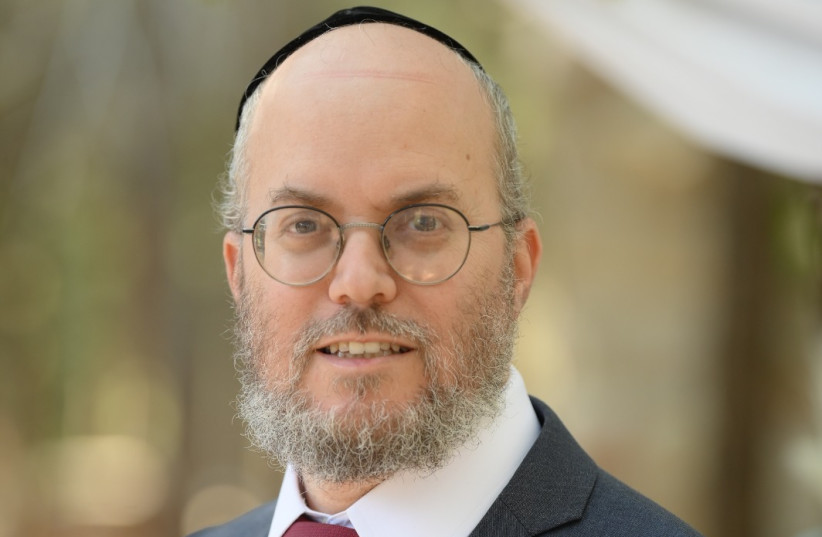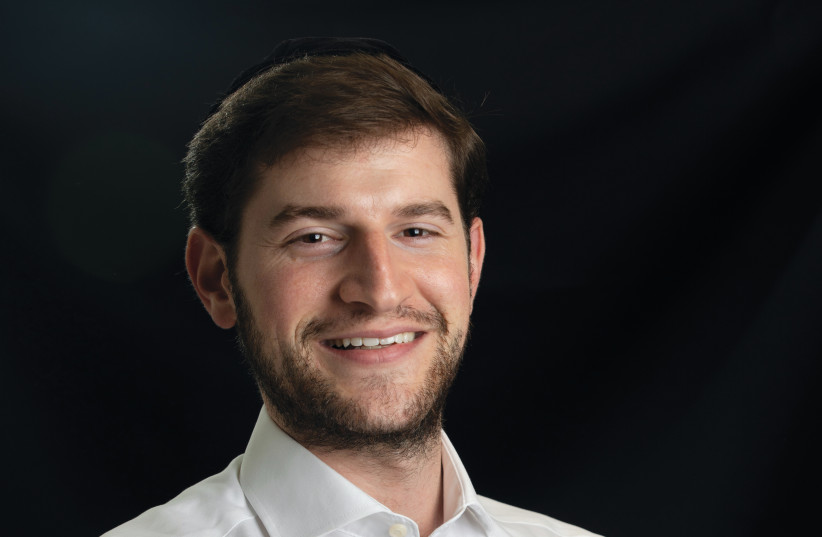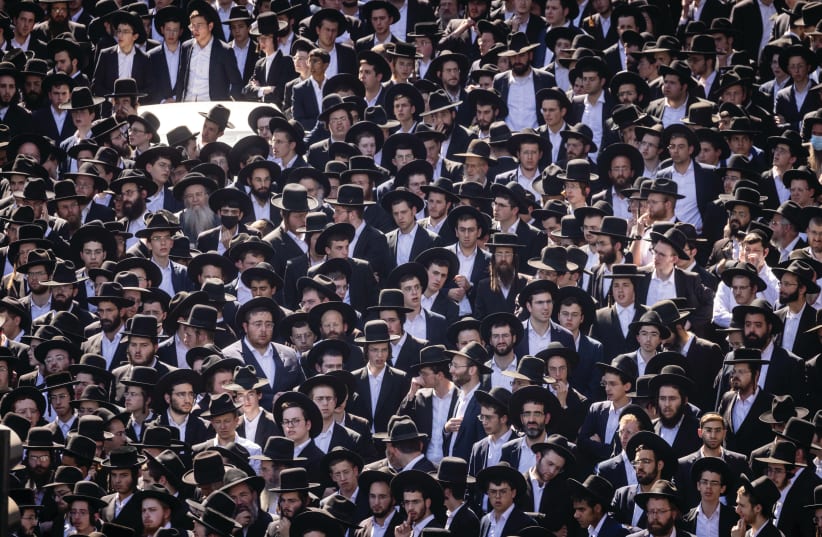The coronavirus and the political and social turmoil have changed many things among the haredi sector, in its various factions. For example, the recent Walder scandal hasn’t affected the hassidic communities too much, since right from the beginning they did not put him in such a prominent position.
For most hassidim, Hebrew is still a seldom-used language, and since Chaim Walder didn’t write or speak in Yiddish, this affair hasn’t really been their problem.
Among the Lithuanian haredim (of which the disgraced Walder was a member), the demarcation line goes between the more conservative versus the more modern. Not surprisingly, the more conservative were also a bit reluctant to be associated with him from the start, and so, the bottom line is that the Walder affair is more the problem of the Lithuanian haredim who are considered more open to modernity.
But, despite the deep aftermath of the case, the problems the haredi sector is facing are much larger.
After almost two decades of numerous programs, initiatives, projects and media coverage, and no less important, huge sums of money invested, both from the government and philanthropic sources, the situation on the ground regarding an eventual change in the haredi sector remains not significant enough. But where will these changes lead the haredi sector and what will be their impact in the general society – all these questions stand today at the heart of the inquiry of experts and the haredi society and all its factions.


To close the “Who are the haredim?” series, In Jerusalem met with two men who have been for years deeply involved in the matter to understand what is awaiting us, especially in Jerusalem, where the haredim, in all their different groups, are about a third of the city’s population, and therefore have a lot of influence on the way the city is run.
IN MANY ways the men who opened the issue to the general public are Rabbi Bezalel Cohen, the head of the Anshei Hayil (Men of Valor) Beit Midrash at the Association for the Advancement of Education – Excellence, Leadership, Innovation; and Betzalel Stauber, who directs an Economy Ministry project that increases digital awareness in the ultra-Orthodox public. The men, both Lithuanian haredim, have taken it upon themselves to explain what goes on inside the haredi neighborhoods, to reveal the real people who live there.


For Stauber, there is a component that is rarely taken into consideration when trying to understand the haredi society in general. “Among the some 1.2 million of haredim in Israel, there is a large, silent majority of 610,000 who are in between. There are the conservative pragmatists (32%) and the innovative pragmatists (29%), while on the two far extremes are the anti-modern ideology groups, who are 29% of the haredim, and at the other end, those with a modern ideology, who are 11%.” (Source: the Israel Democracy Institute, Dr. Lee Cahaner research, via Stauber.)
Cohen says that in the conservative Lithuanian public, the changes are really small. “Lithuanians are at the heart of a volcano that could explode, but meanwhile the change is not dramatic. There may be an underground murmur but no visible changes at the moment.”
But for Cohen, the heart of the matter is how to persuade the various levels of governments and the philanthropic foundations that they need to change their methods of assistance. “I have been trying to explain how to operate in the haredi world, but so far I am in a minority position, and they do not understand that the right way to operate is toward what we could call the ‘soft area’ – the ba’alei teshuva [those who become religiously observant], the Sephardim, the olim [immigrants] – only among those can we expect a change through the help and support provided. The implication is that I quarrel about it in front of the philanthropic funds and the government, while they prefer to look for an ultra-Orthodox (Lithuanian) mainstream, where they invest all the resources – but come out with nothing.”
What Cohen aims at is to invest in education and employment among those who are not the “privileged elites” inside the strong and strict Lithuanian sector, which will not “deliver” and will scarcely reach out and leave the haredi community.
Another issue is what happens once a haredi decides to reduce his hours at the yeshiva or leave it completely in order to enroll in academic studies and join the employment market. “Will he remain a haredi?” asks Cohen. “There is a very clear difference at what stage things happen. People aged 30 and over and with families – even if they go out of the yeshiva, they will remain haredim on one level or another. But if it is a young man, single or even divorced and without children, then he has less of an anchor in the haredi world, so his chances of remaining haredi are low. He might become secular, or somewhere in between, perhaps still religious but no longer haredi.”
Regarding the “new haredim” and their chances of becoming a stable answer for those who wish to remain haredim but not be part of the yeshiva world, Cohen doesn’t sound very optimistic.
“The new ultra-Orthodox are a lot of individuals, but there is still no ‘new haredim’ identity, there are no institutions that represent them, that shape their particular identity, and this is the big threat to this whole venture. After a lot of hesitating and searching they might go back [to the yeshiva world], or leave the Torah world definitively. There are also those who go out to work... to enable their children to go back to the yeshiva world.”
Cohen adds that the model of American haredim could be a good one, but he fears that in Israel there are not enough people and important factors who understand this yet.
Stauber, who also heads the 0202 haredi site, admits that there is no “solution for everyone” available, but adds that “every society, and especially the ultra-Orthodox, have two ends – haredim with an extreme ideology and with a tendency to super-conservatism, and other conservatives with a softer tendency and who are less strictly conservative. But most people do not have a perfect ideological language, and hence most of them use a language that belongs to one extremist or another, which does not really represent him.”
Stauber explains the nuances that prevail inside the haredi sector: “For example, the fact that I work does not make me modern, as long as the center of my life is still the world of Torah and that is what I pass on to my children. But if I do not want to starve or abstain from what is good in life, like going to a restaurant once in a while, I will work, but it doesn’t mean anything beyond that, it doesn’t hint at any change in my ideology.”
Stauber adds that we can find many people today among the Lithuanian communities whose only reason for working is to “save” their children from the same terrible choice – Torah or employment. “They will work so that their children will stay in the yeshiva without starving. For those, it does not matter if they work or not – Torah and yeshiva remain at the center of their life, no matter where they spend most of their day.”
Regarding the near and distant future, and what awaits society in regards to the haredim, who are expected to become within a decade or so a much more significant minority, Stauber answers immediately: “When the Israelis and the haredim will stop being afraid of each other, then we will really engage a dialogue. Today the main driving force is fear on both sides, and this does not allow the ultra-Orthodox society to flourish or the Israeli society to flourish to the same extent.
“Recognition and understanding that the Torah world is in a constant struggle for its ideological place, and this is reflected in everything – even in the state budget – it is not possible to budget a haredi school without a struggle – that must change.”
This is the final installment in a series on the different groups comprising Jerusalem’s haredi sector.
